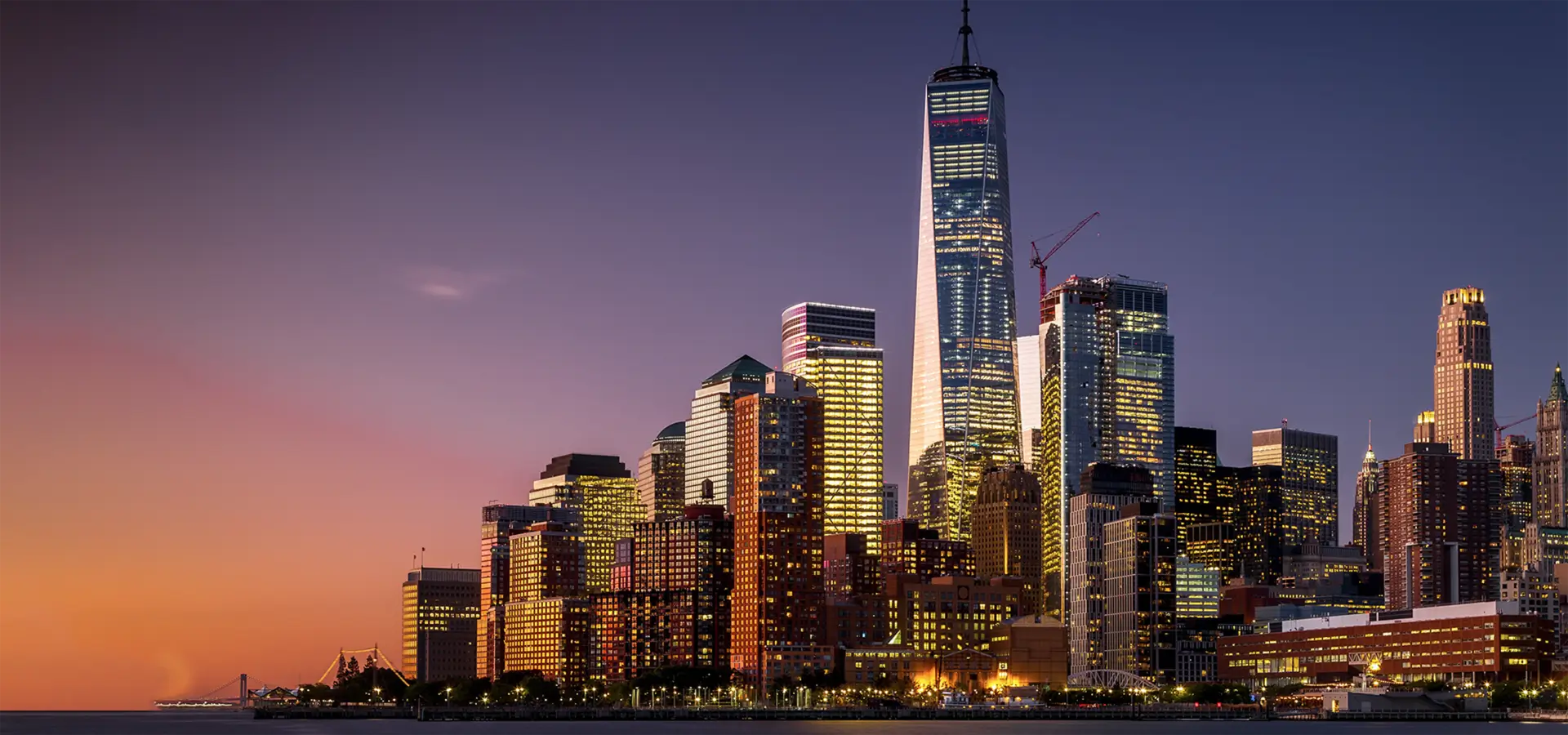

Understanding Low E3 Glass Benefits and Applications in Modern Architecture
In the realm of modern architecture and energy-efficient building practices, Low E3 glass has emerged as a revolutionary product that combines aesthetics with functionality. The term Low E refers to low emissivity, a sophisticated technology designed to enhance the thermal performance of glass. Specifically, Low E3 glass features a microscopic coating that reflects infrared energy while allowing visible light to pass through. This dual capability makes it an ideal choice for a variety of applications, particularly in climates that experience significant temperature fluctuations.
The Technology Behind Low E3 Glass
Low E3 glass is manufactured using advanced coating techniques, which involve the deposition of thin films of metal or metal oxides on the glass surface. This coating essentially creates a barrier that minimizes the amount of heat that enters or escapes a building. The 3 in Low E3 denotes the specific treatment that targets medium-wave infrared light, which is responsible for generating heat.
What sets Low E3 glass apart from traditional glass is its ability to maintain a comfortable indoor temperature without excessive reliance on heating and cooling systems. During the colder months, Low E3 glass reflects indoor heat back into the living space, reducing the need for additional heating. Conversely, in warmer months, it effectively reduces the amount of solar heat entering the building, helping to maintain a cooler environment.
Benefits of Low E3 Glass
1. Energy Efficiency The primary advantage of Low E3 glass is its energy-saving capacity. By reducing the amount of heat transfer, buildings can achieve significant reductions in energy consumption, leading to lower utility bills. According to energy studies, using Low E glass can result in up to 30% energy savings compared to non-treated glass.

2. UV Protection Low E3 glass also blocks a significant percentage of harmful UV rays, which can cause fading of furniture, upholstery, and artwork. This UV protection not only helps preserve the aesthetics of interior spaces but also protects occupants from potential health risks associated with prolonged UV exposure.
3. Improved Comfort By maintaining consistent indoor temperatures, Low E3 glass contributes to a more comfortable living environment. Reducing cold drafts during winter and minimizing the heat influx during summer ensures that occupants can enjoy their spaces year-round without discomfort.
4. Environmental Impact Using energy-efficient materials like Low E3 glass plays a crucial role in sustainable building practices. By lowering energy consumption, buildings contribute to a reduction in greenhouse gas emissions, thus promoting a healthier planet. Moreover, many manufacturers of Low E glass follow eco-friendly production methods, further minimizing environmental impact.
5. Aesthetic Appeal Beyond its practical benefits, Low E3 glass is aesthetically pleasing. It is available in various tints and finishes, allowing architects and designers to incorporate it into their projects without compromising on style. The clarity and brilliance of Low E glass can enhance both the interior and exterior appearances of a building.
Applications of Low E3 Glass
Low E3 glass is versatile and can be utilized in numerous architectural applications. It is commonly used in residential windows, commercial buildings, curtain walls, and skylights. Additionally, its energy efficiency makes it an excellent choice for green building certifications, such as LEED (Leadership in Energy and Environmental Design).
In conclusion, Low E3 glass represents a significant advancement in window technology, tailored to meet the demands of modern architecture. Its ability to provide energy efficiency, UV protection, and enhanced comfort while complementing design aesthetics makes it a preferred choice for architects, builders, and homeowners alike. As sustainable practices become increasingly vital in the construction industry, Low E3 glass is set to play a pivotal role in shaping the buildings of the future.